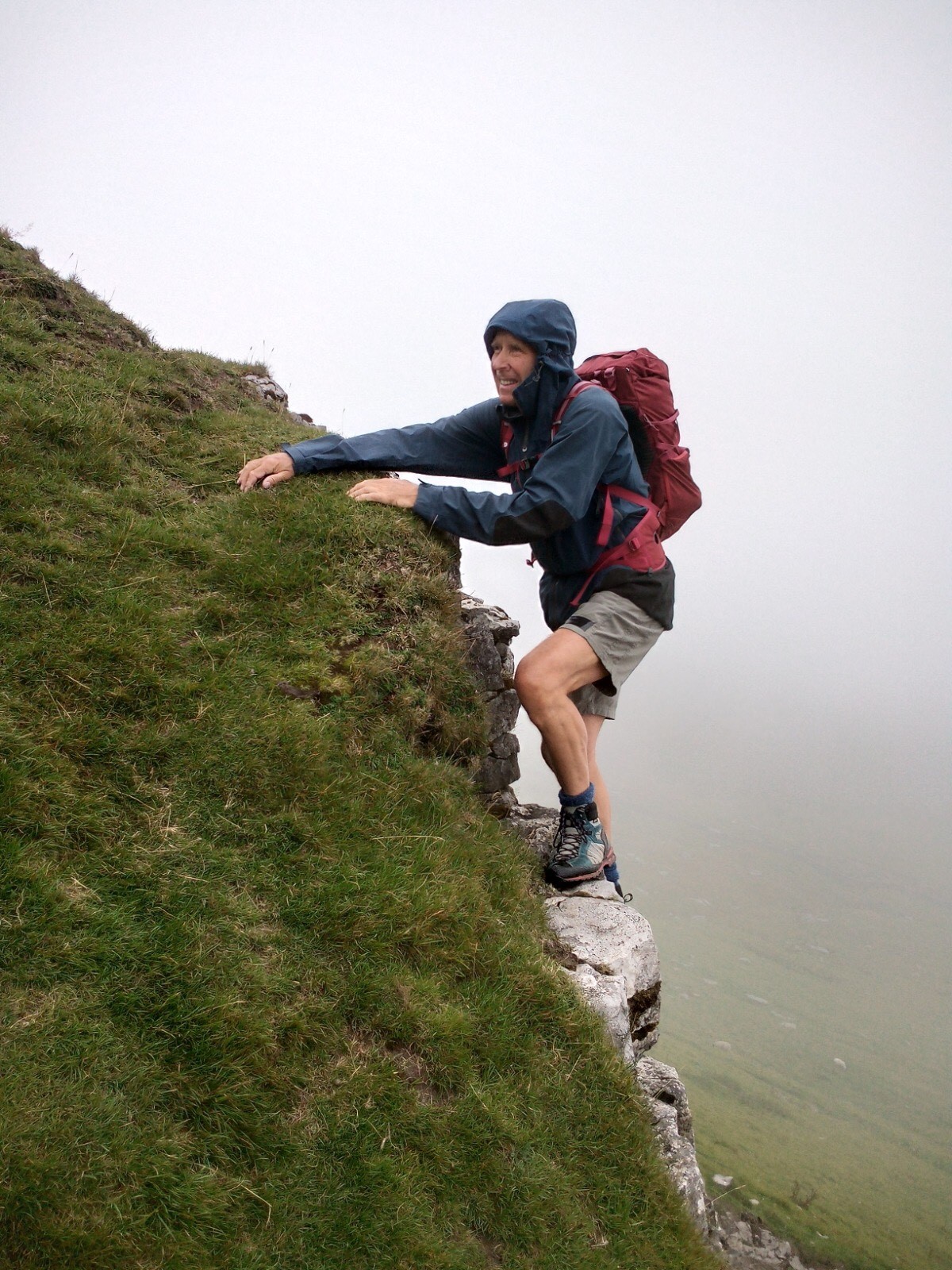Alan Hinkes OBE is one of Britain’s leading mountaineers and climbers and is a regular guest presenter at DofE Gold Award Presentations.

Here, Alan provides some advice for how to stay safe whilst out walking.
Going for a walk is fun and good for your health. It doesn’t have be a high fell walk or a mountain climb – a bimble along country footpaths in lowland areas, or through your local town, can be an interesting challenge too.
It’s always wise to have safety in mind and a plan for your trip, whether you intend to be out a couple of hours, all day, or on a multi-day camping trek.
Walking is a good chance to learn to map read, or to refresh your skills – perhaps you had to read a map whilst doing your DofE? The Ordnance Survey has put together some great guides for both beginners and advanced map readers that might be useful.
There are lots of footpaths and rights of way to follow, navigate and explore – there may even be some on your doorstep that you didn’t know existed. Use guidebooks and maps to plan your route; OS 1: 25000 show footpaths, bridleways & rights of way in detail, OS 1: 50000 are good for general overviews and Harvey specialist maps can also be useful.
Make sure that, if you’re using your mobile phone for maps and directions, you’ll also be able to make it home should your phone stop working. Using your phone for photos as well as map reading may drain the battery more rapidly than you expect; many people have been stranded unexpectedly as a result.

It’s a good idea to leave details of your route in case anything should go wrong; someone knowing where you’ve headed and when you’re due home can be invaluable to the rescue services.
If a mishap or accident does happen, dial 999 if you have a signal, ask for the police and then Mountain Rescue if appropriate. If you can, give them a Grid Reference of your location and/or use the app What3Words to give them a three metre squared area for where you are.
It’s helpful to carry a small First Aid kit that is relevant to the area you are walking. Wherever you go you might need blister plasters and antihistamine cream, and your first aid kit can be put in a waterproof bag to keep it dry.
Think about nutrition and hydration before you set off. Carry water and enough food and snacks to keep your energy levels up throughout your walk.
Check the weather forecast in advance but be prepared for the changeable nature of British weather. Take a rucksack with a waterproof jacket, a windproof mid-layer, a sun hat and sunscreen. Make sure that all of your kit is stored in waterproof bags to keep it dry.
Footwear is important to both your safety and your enjoyment of the walk. On some low level walks, a good pair of trainers or approach shoes will be ok but for full foot and ankle protection on longer, rougher, higher walks a pair of walking boots is best.
Follow the Countryside Code, including Government guidelines for COVID-19. Take only photographs and leave only footprints. You should bring all litter back including banana skins and orange peel, so remember a rubbish bag.
Virtual DofE Adventure is a great opportunity to get outside and enjoy what Britain has to offer.
Read Adventurer Fiona Quinn's blog on how to adventure in your own way.


